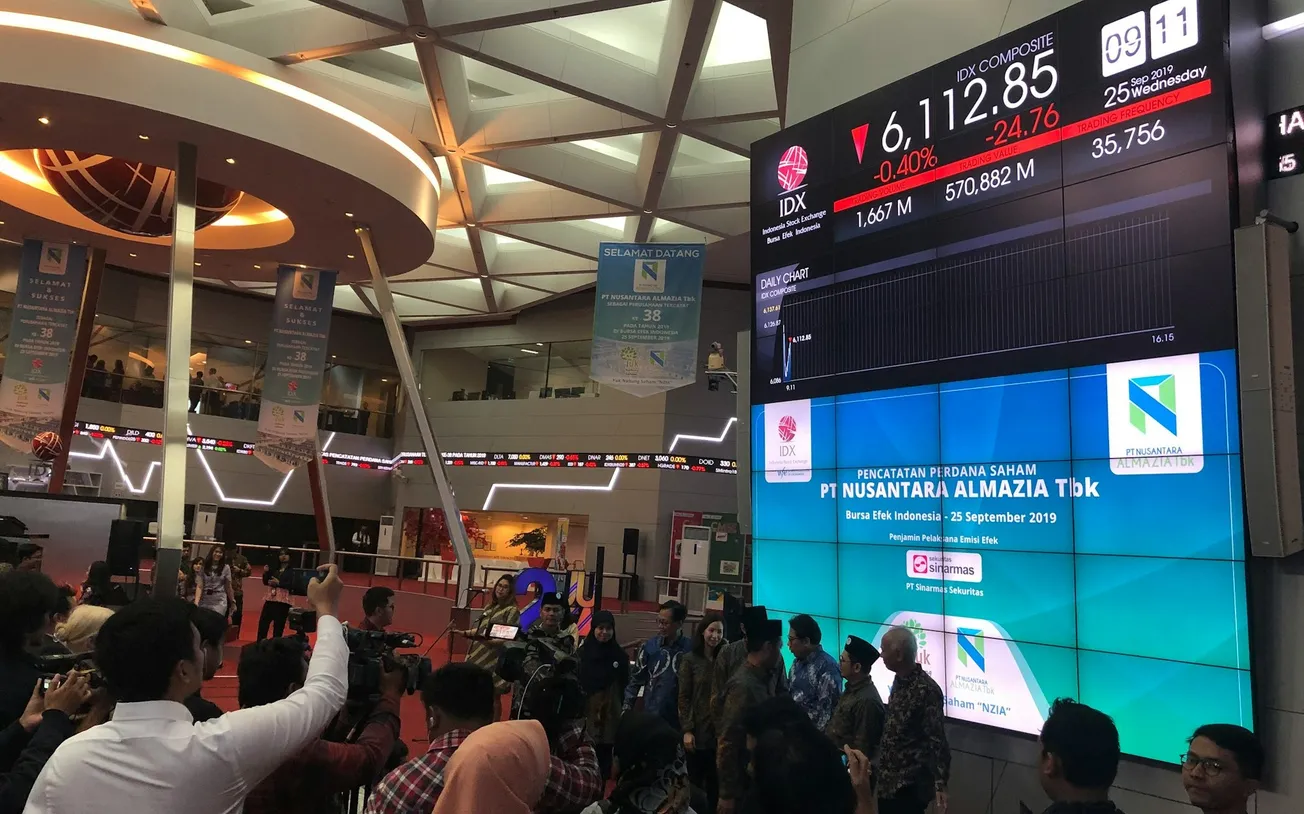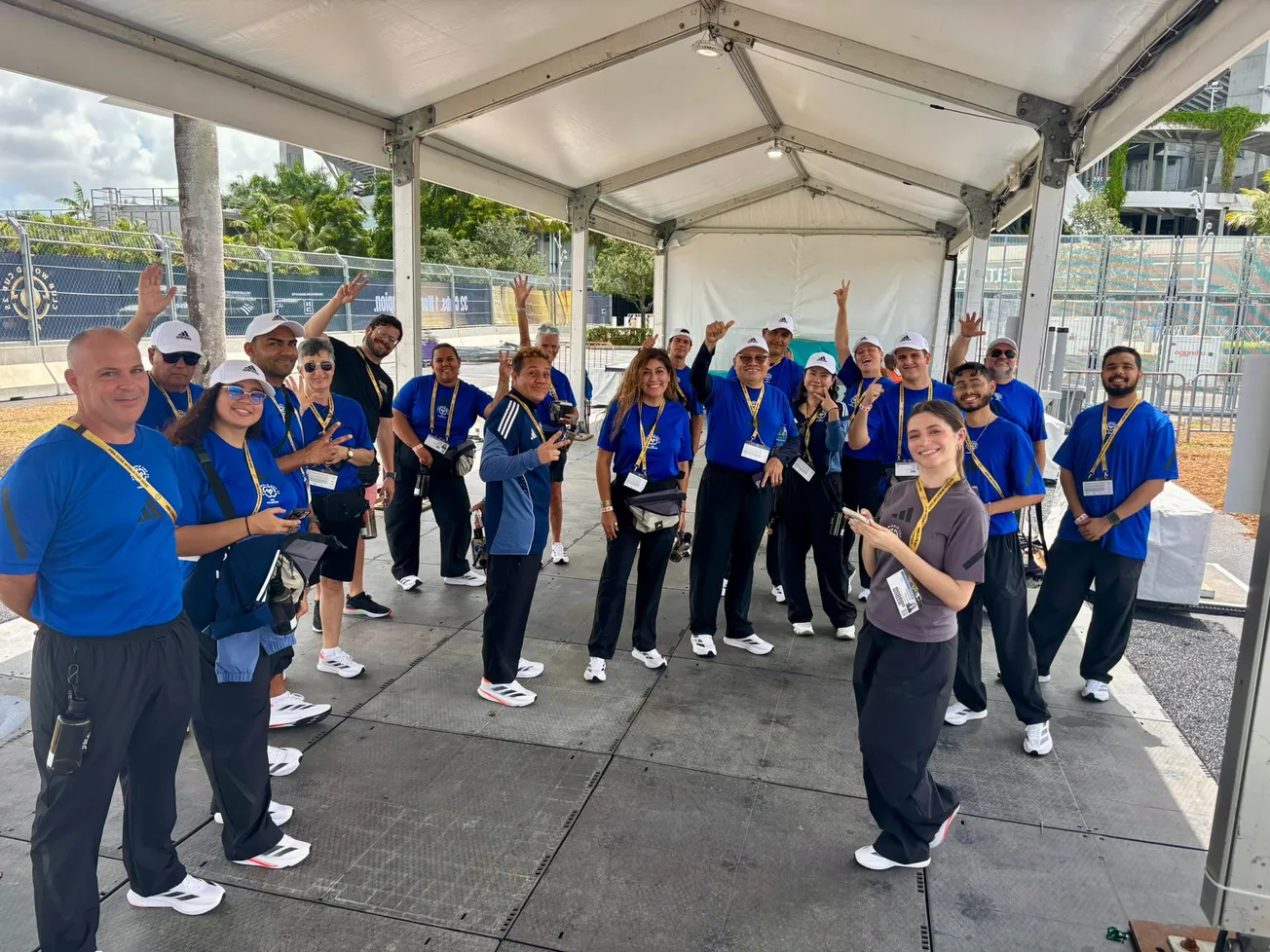As a Yale law student facing a vexing exam question about the “Continental Shelf,” –a topic he knew little about–International Law mastermind Myres McDougal wrote an essay “from the standpoint of the fish.” He received an “A,” and went on to become a virtuoso in the field. A similar question is now before us, for President Obama’s decision to re-establish relations with Cuba puts the United States squarely in the middle of the Florida Straits…without a compass.
I was thirteen when I first saw Fidel Castro in person. Callow though I was, I already knew a lot about him: one grew up political, quickly, in Cuba’s 1950s. Already, Fidel had orchestrated urban terror from the mountains; successfully avoided capture in the Sierra Maestra; swept to Havana on January 1,1959 to wrest power from dictator Fulgencio Batista; disarmed the Cuban people; executed thousands (see, http://elveraz.com/asesinados.htm), many on trumped-up charges (like my uncle, Colonel Manuel Larrubia Paneque, a career soldier); confiscated “latifundista” land holdings for his “Agrarian Reform”; nationalized most industries, confiscated private enterprise property and tightened the authoritarian network known as “Comites de Defensa de la Revolucion Cubana”. Only one year to the date of his “white dove” speech at Columbia Air Force Base, consumer and industrial goods shortages brought commerce to a crawl; discontent among the faithful started to spread and counter-revolutionary plotting began in earnest, while the First Congress of Latin American Socialist Youth was taking place at the Comodoro Hotel in tony Miramar.
Against this backdrop, I emerged barefoot, in my bathing suit, from the “squash” court at Comodoro, in search of a scarce, stray Wilson tennis ball (Cuban squash is played in jai-alai courts with tennis rackets and balls!). Pushing the bushes aside, I found myself staring at Fidel Castro, Che Guevara, Camilo Cienfuegos (not yet purged), Raul Castro and the entire revolutionary brass–plus Anastas Mikoyan, then First Deputy Premier of the Soviet Union, semi-circling the driveway, awaiting limousines. They stood not ten yards from my apparition. No one noticed.
Later that year, as I strolled down La Rampa on 23 Street, not far from the Havana Hilton (a.k.a., Habana Libre), staring down at the sidewalk and not ahead, I literally–physically–ran into Fidel Castro as he walked down the front steps of Funeraria Caballero, fresh from funeral services for a famously contentious journalist whom he despised. Reflex-reacting, I extended my hand for a shake. Without a glance in my direction, Castro let a cold, limp hand barely reach my fingertips before quickly retracting into conversation. No one noticed.
It wasn’t long before the Revolution confiscated all mass media outlets in the country, including El Diario de la Marina, where the decedent had voiced opposition to the Stalinist path the Revolution had taken.
The last time I saw Fidel Castro in person his jeep had pulled up next to a group of public school students lounging in a park in el Vedado. Spurred by sophomoric adulation, Fidel began to speak, but I would not listen: I walked away feeling hollow. No one noticed.
That was 1960, my last year in Cuba. To say that the ensuing decades saw US-Cuba relations sink steadily into the sordid would be understatement. The Mongoose and the Cobra continued to fight, to a draw in some cases, victory in others.
Recently declassified U S government documents point to Cuba’s active role in—at the very least–aiding and abetting President John F. Kennedy’s assassination. They also point to multiple contemporaneous plots by the Kennedy brothers to assassinate the Castro brothers and their cohorts. Decades of economic isolation imposed by the US Congress–and self-imposed by Castro’s centralized economy–followed, guaranteeing harsh scarcity and disintegration of Cuba’s civil society into a Hobbesian culture of “resolver”. On rare occasions, the contenders staged “dialogues”, but the Florida Straits bear accumulating layers of murder victims at the hands of Cuba’s Navy and Air Force, ordered by Castro each and every time detente came within reach. Throughout, Mariel or balsero refugee waves–issued by Cuba–episodically dislocated South Florida’s social-economic order. A new phase in this macabre joust was beginning when a perfect storm blew up in the Straits.
Just as Raul Castro was aggravating US-Cuba relations by reopening the Lourdes’ espionage (SIGINT) center with Vladimir Putin’s support, and allowing Russian navy use of Cuban ports, world oil prices collapsed. No longer could Raul rely on Venezuela’s Maduro; no longer could he count on Putin’s rubles. Why, with oil prices continuing to fall, Russia may not even be able to underwrite Putin’s bare-chested expansionism in Europe. For Raul Castro, President Obama’s olive branch couldn’t come at a better time: a bailout from collapse just as the wheels of Cuba’s hobbled economy threatened to come off. But, other than distracting the public’s attention from his rapidly falling popularity, why would President Obama take this risky sharp turn at this time?
Most politically adroit of US presidents in recent memory, Barack Obama read the tea leaves in last November’s election. South Florida–sine qua non of presidential victory–had quietly slipped from growing Democratic influence. Incumbent Democratic Congressman Joe Garcia, the administration’s steadfast ally, lost to newcomer Carlos Curbelo, a (Jeb) Bush conservative. State-wide, Republican-turned-Democrat Charlie Crist also lost to incumbent conservative Republican, Rick Scott. One way to divide, possibly conquer this voter-rich quadrant of the state for 2016 might be to fragment Cuban precincts by normalizing relations with Castro–a generational (and informational), wedge issue that could conceivably drive South Florida Latino voters away from the Republican Party. Doing nothing to help Cuba, on the other hand, could lead to disastrous results for Democrats.
For the Castro brothers retained the “nuclear” option of launching another Mariel-style flotilla bearing hundreds of thousands of refugees aimed at the Southern United States. Given President Obama’s unilateral Executive Order granting favored status to twelve million persons living illegally in the country, turning away economic refugees by the thousands would have produced intolerable dissonance among true believers, massive chaos among Florida residents. Like the Florida Straits in a storm, the president’s choices had narrowed.
The reigning Republican leadership–Senator Marco Rubio, Congressmen Mario Diaz-Balart, Ileana Ros-Leithenen and Carlos Curbelo–would be well counseled to respond patiently, intelligently to the president’s move.
The prize at stake is the White House, not Cuba.
Cuba is low-hanging fruit, clinging to the beat of nearly spent biological clocks. Besides, inherent contradictions in the president’s action may cause it to come undone no matter what–Kabuki ritual requires two protagonists, and the Castros aren’t known for displaying collaborative spirit. Certainly not with the United States.
The administration must meet daunting challenges before the President’s action can checkmate South Florida’s electorate for the Democrats. Raul Castro has to cooperate with the US…for at least two years, until after the 2016 election. Raul Castro cannot denigrate President Obama’s action by affecting sudden bouts of repression, escalating anti-Yanki rhetoric, visiting violent acts against the people, without also losing for President Obama the dwindling political capital he bet on normalization. Ideally for the President, the Castros would act as if reconciliation were their bucket lists’ only item. But other dangers lurk for the president in the decision to engage.
The survival of any authoritarian system presupposes rigid application of rules, social and political. It remains an open question whether or not Cuba’s brittle, Stalinist regime can survive two years of economic collaboration with Cuba-obsessed US corporations; rising material expectations among Cuban citizens and their increasingly intense expressions of thirst for democracy. Should the heat turn up in Cuba from interloping capitalism–as is likely to occur–Raul Castro may have no choice but to fall back on historic repressive strategies, essential to the survival of authoritarianism.
Will Raul Castro stand by as an oppressed people take in a breath of freedom?
If Republicans remain judicious, the President’s Cuba move could help the GOP re-capture the White House. President Obama threw down the gauntlet with Machiavellian accuracy, but the strategy may not pan out if the GOP keeps its cool and Raul loses his.
Armando Chapelli is CEO at The Washington Consulting Group and he is the former Publisher of El Tiempo Latino. Chapelli lives in Key Biscayne, Florida.










